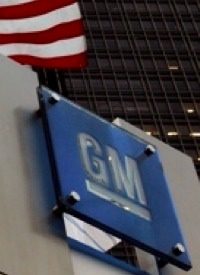
The Canadian government, which furnished GM with a bailout from north of the border, will control just under 12 percent. The United Autoworkers Union will receive a 17.5 percent share, leaving a measly 10 percent under private control. Under the new public-private (mostly public) corporation, a pale shadow of what was once one of the world’s largest companies will continue manufacturing some of its automobile lines, with new models presumably being more politically acceptable — fuel efficient, safety-oriented, and global climate-friendly — than ever before.
The most astonishing aspect of the judge’s ruling, which is to take effect today unless challenges are filed, is that no one save a few consumers suing the old GM for injury-related compensation seems to care that the United States is about to complete the nationalization of one of the largest manufacturing concerns in history. Scarcely a peep is being uttered about the federal government’s insistence on propping up and now nationalizing a bankrupt corporation on the backs of American taxpayers, rather than allowing it to fail as free-market forces demand. GM for many reasons (a few admittedly beyond its control) has operated very inefficiently for years, secure in the assumption that, should the company ever be faced with consequences for its behavior, the federal government could be counted on to do precisely what it has done. The rest of America now appears anxious to forget this latest debacle and move on.
“Too big to fail” has been the mantra with this and other bailouts. In the not-too-distant future, however, Americans may well discover that the biggest concern of them all — the federal government-turned-corporate sugar daddy — is neither too big nor too absolutely entrenched to fail on a scale that will dwarf all the mega-corporate bankruptcies put together.
Photo: AP Images



